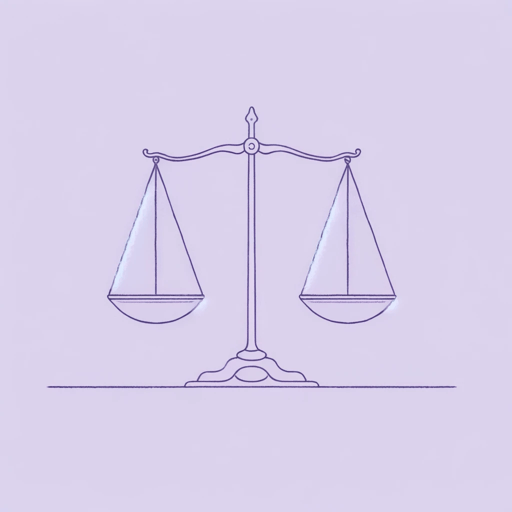18 pages • 36 minutes read
Langston HughesThe Negro Speaks of Rivers
Fiction | Poem | Adult | Published in 1921A modern alternative to SparkNotes and CliffsNotes, SuperSummary offers high-quality Study Guides with detailed chapter summaries and analysis of major themes, characters, and more.
Poem Analysis
Analysis: “The Negro Speaks of Rivers”
The poem’s narrative structure—with the speaker’s attention moving from river to river, era to era—implies a parallel between rivers and time. Indeed, rivers and time are often compared to one another: Both always steadily flow in one direction. The poem begins at the beginning of the day, at the beginning of time, and opens with the speaker stating he knows rivers that are as old as the earth and older than humanity. He bathed in the oldest river, the Euphrates, “when dawns were young” (Line 4), and by the end of the poem, his chronicle has moved through time and space to the Mississippi, where “its muddy bosom turn[ed] all golden in the sunset” (Line 7) when Abraham Lincoln sailed down the river to New Orleans in the 1800s. Even though this poem covers an expanse of human history, it does so in a way that integrates those expansive elements, as techniques like repetition and parallelism unite the disparate times and locations while the extended metaphor of rivers builds.
Most scholars maintain there is complexity and ambiguity in the poem’s speaker, who is both personal and collective, both literal and figurative, both autobiographical and historical: The poet himself is the speaker insofar as Hughes expresses a sense of personal identity through the poem, yet the “I” transcends his individual 







Related Titles
By Langston Hughes

Children’s Rhymes
Langston Hughes

Cora Unashamed
Langston Hughes

Dreams
Langston Hughes

Harlem
Langston Hughes

I look at the world
Langston Hughes

I, Too
Langston Hughes

Let America Be America Again
Langston Hughes

Me and the Mule
Langston Hughes

Mother to Son
Langston Hughes

Mulatto
Langston Hughes

Mule Bone: A Comedy of Negro Life
Langston Hughes, Zora Neale Hurston

Not Without Laughter
Langston Hughes

Slave on the Block
Langston Hughes

Thank You, M'am
Langston Hughes

The Big Sea
Langston Hughes

Theme for English B
Langston Hughes

The Negro Artist and the Racial Mountain
Langston Hughes

The Ways of White Folks
Langston Hughes

The Weary Blues
Langston Hughes

Tired
Langston Hughes
